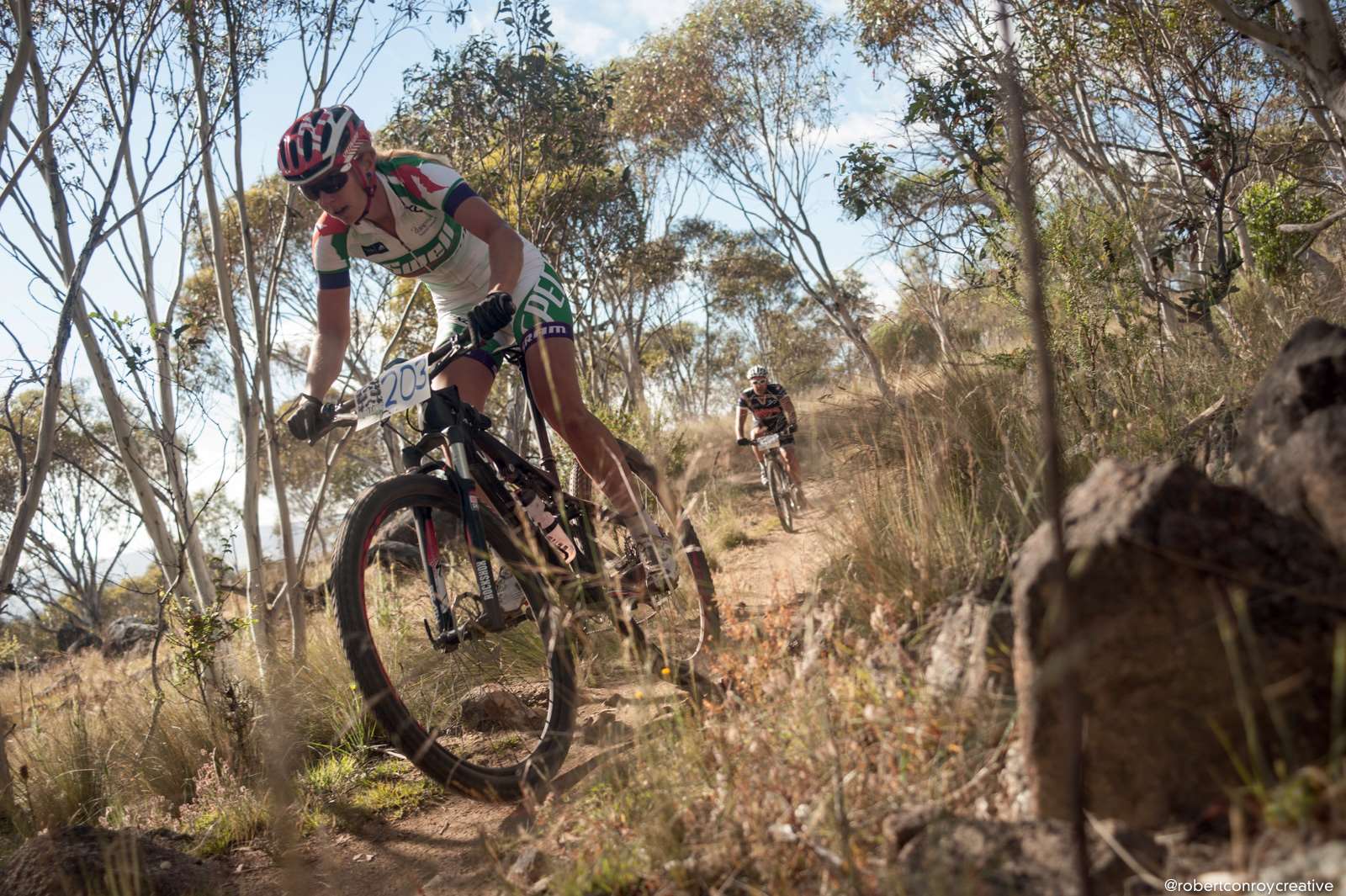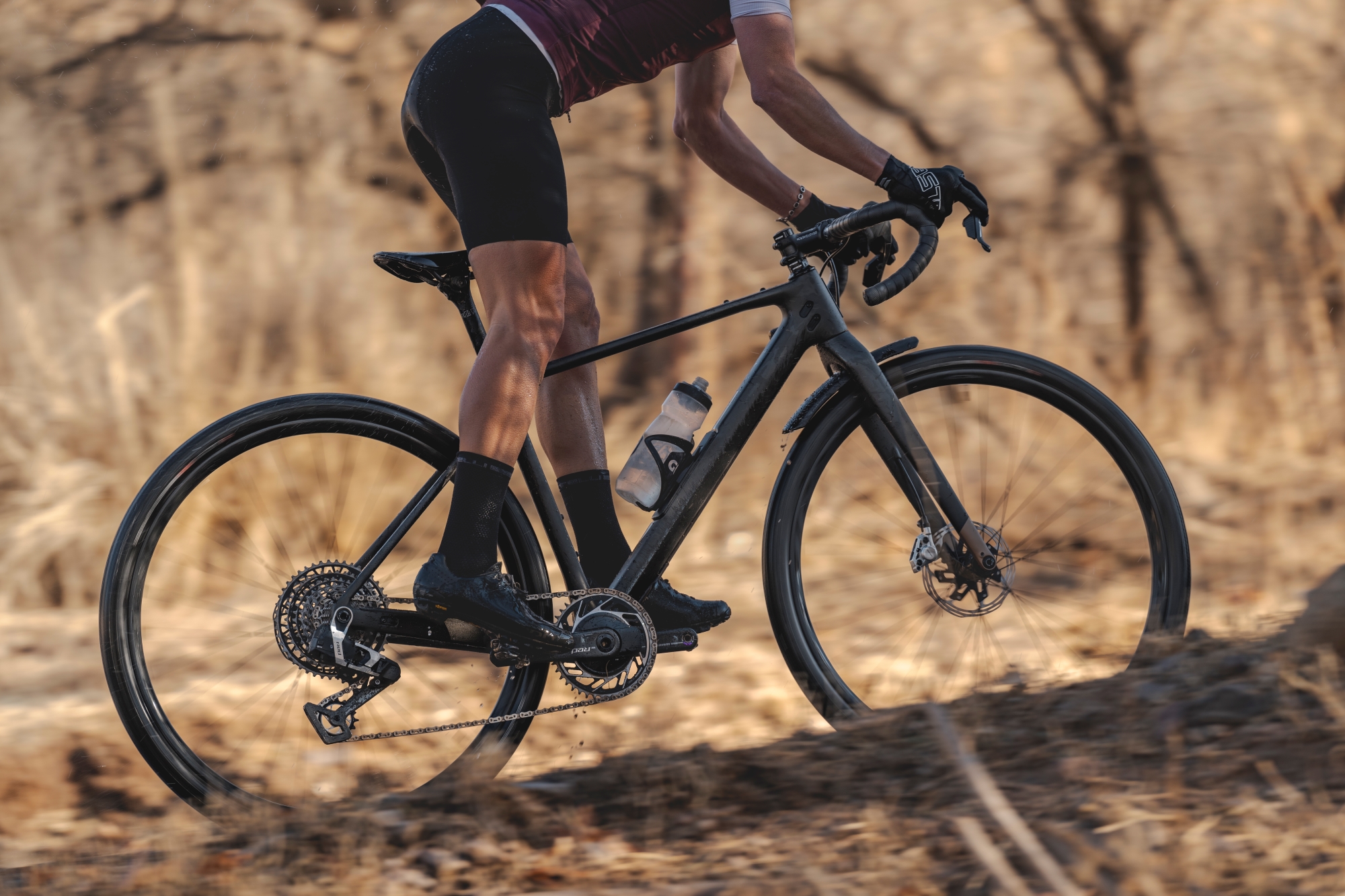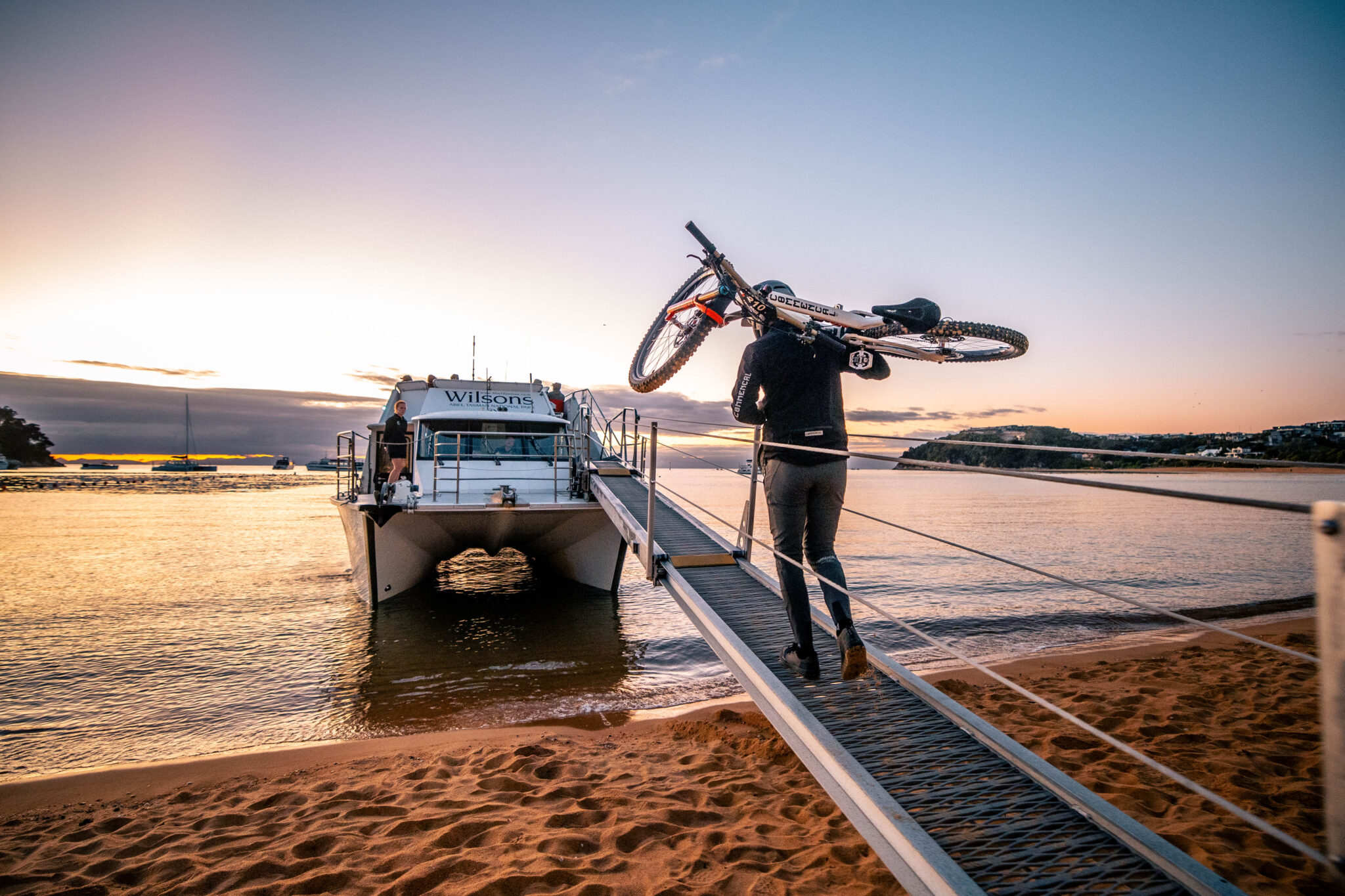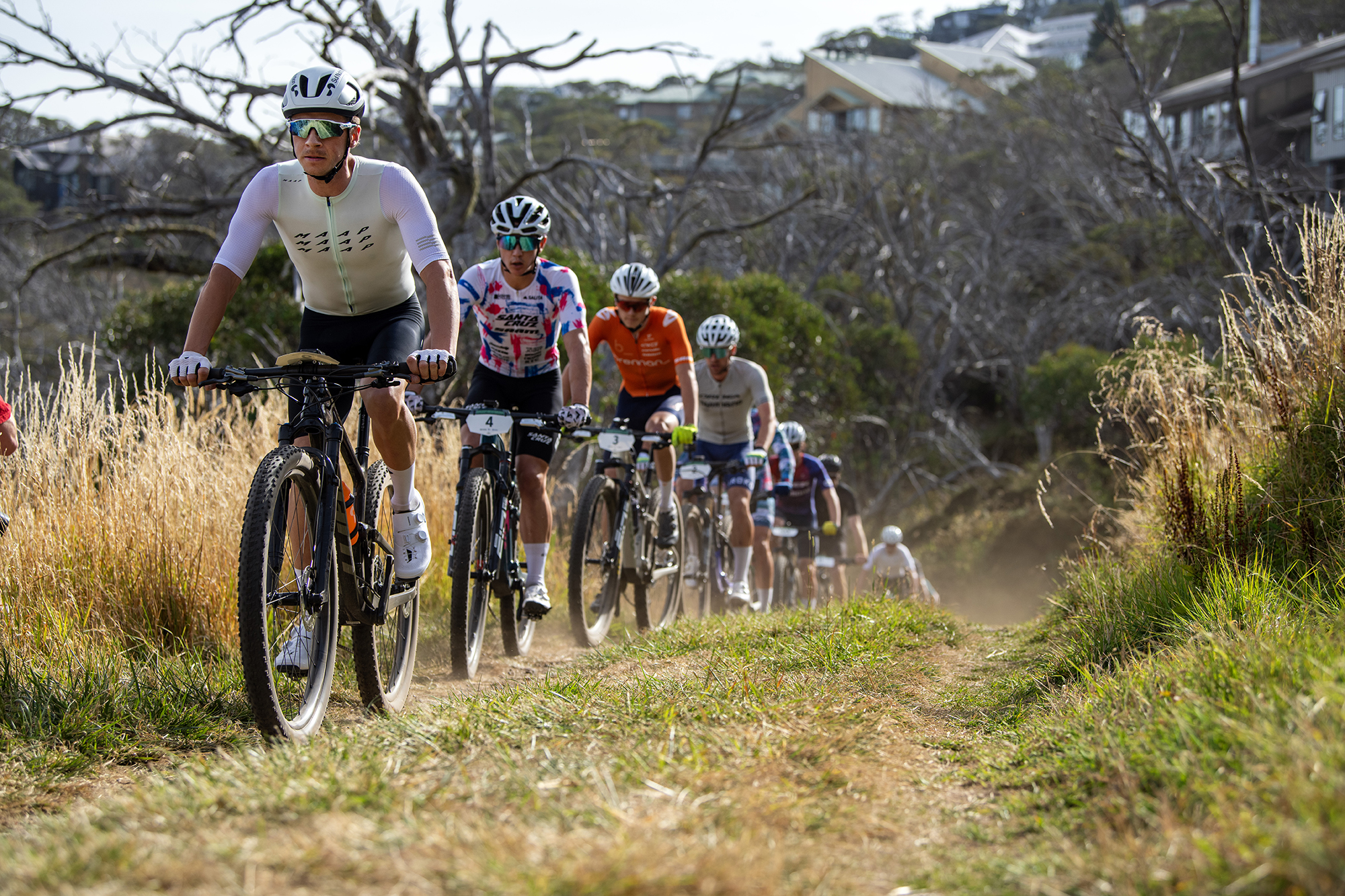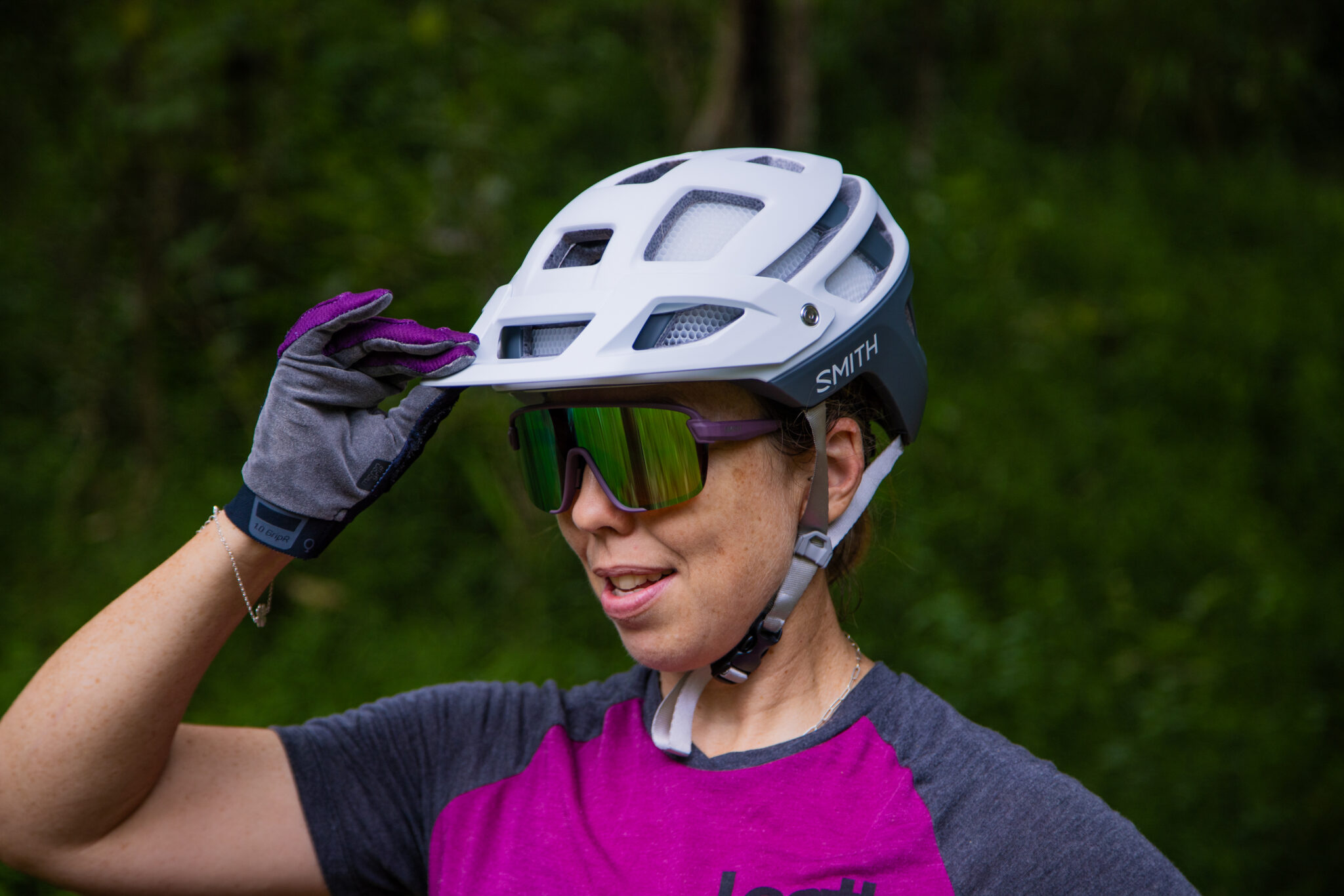Your race day nutrition plan
Digging deep into the competitive world of mountain biking? Here’s your race day nutrition plan to make the most of your training and help you get to the podium.
Unlike during the Moto-GP you can’t rely on petrol to get you through a mountain bike race, it’s all self-propelled pedal power. To get through a race and perform at your peak your body needs a ready and ample supply of glucose (stored as glycogen in your muscles). Without enough you’ll ‘hit the wall’.
What you eat on race day will affect how well you perform and shouldn’t be ignored. Cross country and downhill require a very different race plan due to the differing demands of the races. There are, however, a few general rules to stick by no matter the race you’re competing in:
Eat well the night before.
Pre-event pasta parties were started for a reason. To ensure your muscles are fully stocked with glycogen, make sure you load your evening meal on carbohydrates like pasta, bread, rice or potatoes.
Be prepared.
It may sound simple, but make sure you’ve got what you need for race-day prepped and ready to go when you pack your bag the day before.
Practice, practice, practice.
You wouldn’t start a big race riding a bike you’ve never ridden before – you’d use it in training so you felt comfortable. Same goes for your nutrition plan. Practice your race day nutrition in training so you know what works and what doesn’t – the last thing you want is to be stopped in the Porta-loo while everyone else is crossing the line!
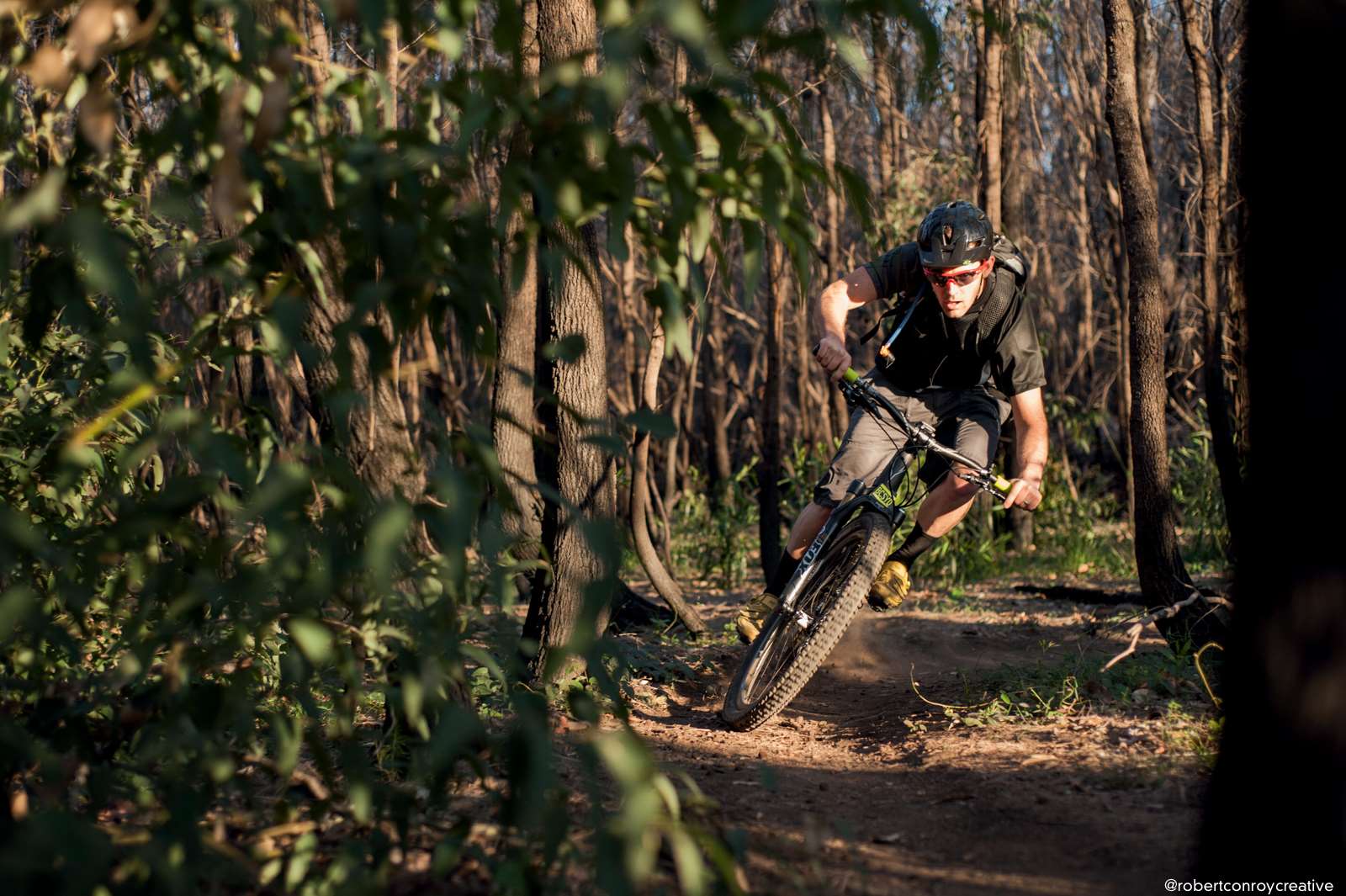
YOUR RACE DAY NUTRITION PLAN
The 24 hours before
Focus on eating a carbohydrate-rich meal in the lead up to your event. Aiming for 7-12g carbohydrate per kilogram of body weight and tapering your activity should be enough to fully stock your muscle’s glycogen stores. It’s also a good idea to go for foods that are lower in fibre to avoid any gut trouble during the race – white bread, low-fibre cereals, fruit juice and sports drinks are good examples. Also drink a little more than usual to optimise hydration. Make sure you have a drink with every meal and sip throughout the day.
The morning of the big day
The idea on the morning of the race is to further top up carbohydrate stores and hydration levels so you are fully fuelled and rearing to go. This goes for both XC and DH racing.
If you can, have breakfast 2-3 hours beforehand for a morning race and a small snack to top up 1-2 hours before your race. In the case of a very early start, another option is to have a larger supper the night before and a lighter snack or fluids only 1-2 hours before the start. If your race is later, eating your normal meals in the earlier part of the day and then having a light snack 1-2 hours prior to the event works for most people. See the table across for examples of foods to try.
During your race
This only applies to XC where you’ll be racing for longer than 60 minutes. Obviously, as DH races are short and sharp, it’s impractical and unnecessary to refuel during a down hill race. But you might consider this between practice runs.
Aim to take on board 30-60g of carbohydrate per hour during your XC race, starting the refuelling process around the 30 minute mark. Make the most of aid stations so you don’t need to carry too much with you, but find out what you can about lap length and who might feed you a few weeks before so you can practice your nutrition plan in training. As racing is during the summer months, the best way to get your carbs in is in fluid form, so you keep dehydration to a minimum as well. Sports drinks or flat coke are great options. Gels and even lollies are also useful as they are light and easy to carry, but be sure to continue drinking throughout the race.
Between races
If you’re racing downhill you need to be refuelling quickly and efficiently between races to perform at your best – think pit stops in the MotoGP. If the breaks between your races aren’t long enough for you to feel comfortable eating a full meal, try ‘grazing’ throughout the day instead with regular small carb-rich snacks. After each race, aim to take on board approximately 1-1.2g carbohydrate per kilogram of body weight every hour if possible (e.g. 85g carbohydrate for a 70kg athlete). See the table below for examples of foods to try between races.
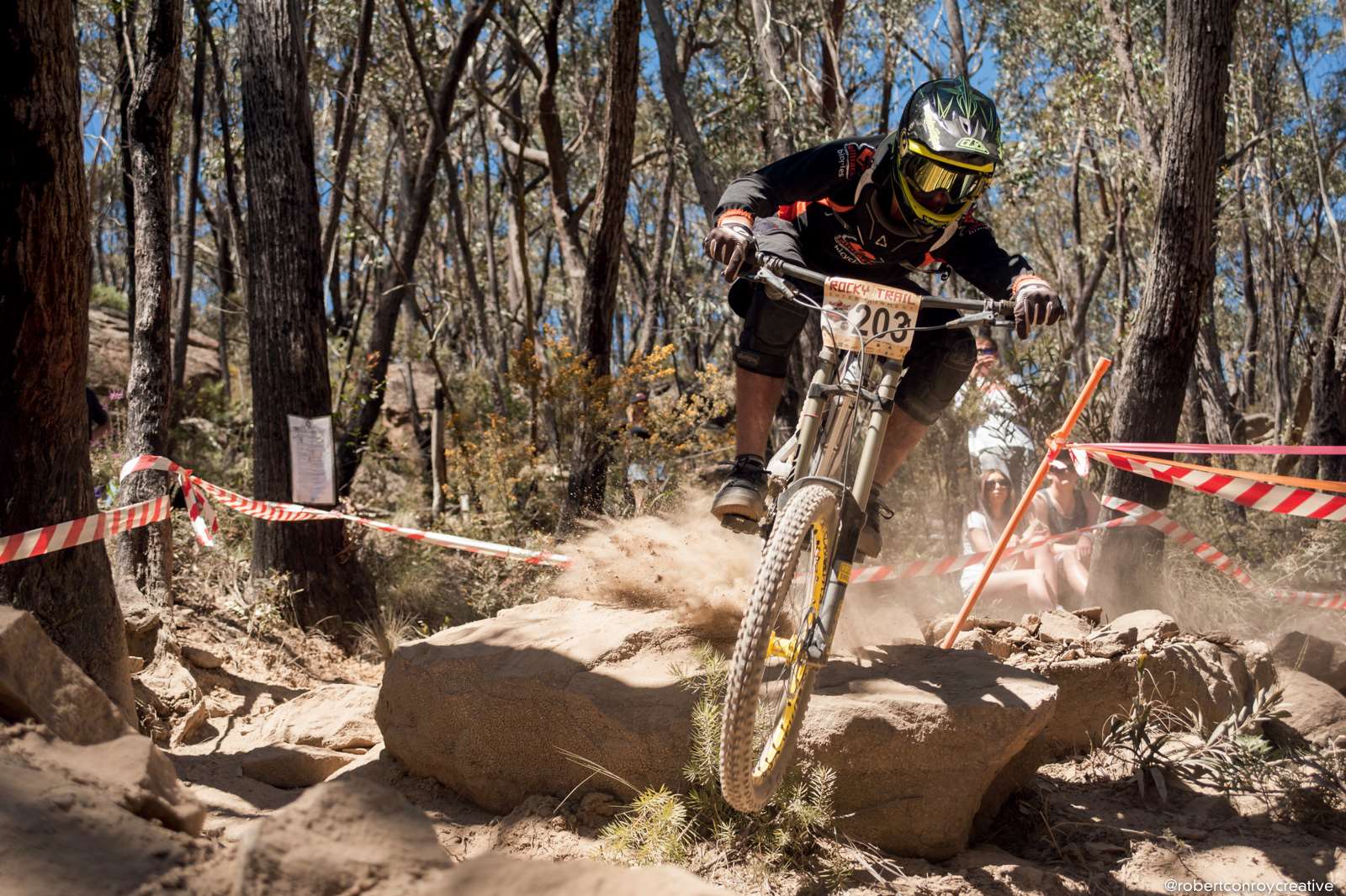
Each of these options are carbohydrate-rich and are good choices before and between races, depending on the amount of time you have to spare.
3-4 hours before.
Crumpets with jam and flavoured milk, baked beans on toast, cereal with milk or fruit salad with fruit-flavoured yoghurt. Have a drink, too.
1-2 hours before.
Top up with a light snack. Choose a milk shake or fruit smoothie, a muesli bar, banana or liquid meal replacement like Up & Go.
30-60 minutes before.
Your final chance to top up your hydration and blood glucose levels. Have 300-400ml sports drink, a gel, some cordial or some jelly lollies.
Before the celebrations begin
It was a great day out, but before you hit to town to celebrate, make sure you think about your recovery plan so you can be back on the bike sooner and training hard for the next race. It’s important to try to get in a mix of carbohydrate and protein within 30-60 minutes of finishing for the day so your body can begin repairing damaged muscles, replenishing fuel stores and rehydrating. If you’re lacking appetite after racing, go for something light or a drink with a mix of carbs and protein like a flavoured milk. Again, try to aim to eat something that gives you 0.8g carbohydrate and 0.2-0.4g protein per kilogram of body weight within the first hour of finishing. For a 70kg athlete the following options contain the correct amount of carbs and protein:
– One serve whey-derived protein shake + 300ml low fat milk and 600ml sports drink
– 2 tubs of yoghurt and 2 cups of fruit salad
– A salad roll with 60g lean sandwich meat and a banana
Words: Zoe Wilson Photos: Robert Conroy

